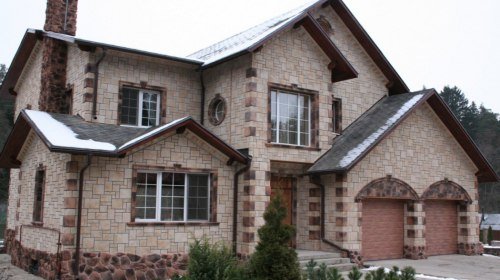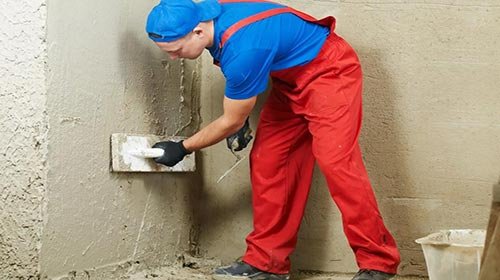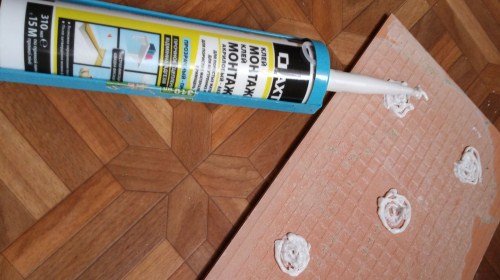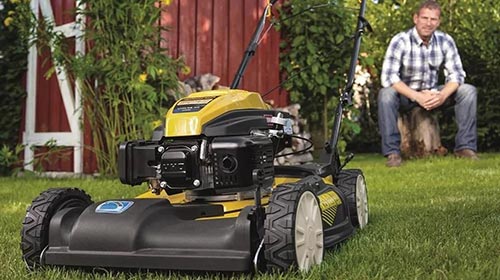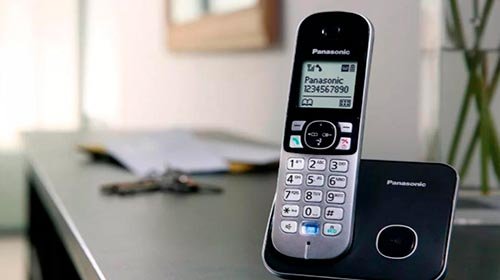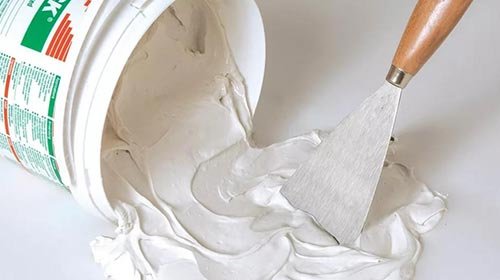Most of the owners for the walls and floor of the bathroom buy ceramic tiles. It is characterized by high durability, an impressive choice of colors and an affordable price. We will tell you how to choose the right ceramic tile for the bathroom so that there is no doubt about its quality and aesthetics.
Content:
Colour
What color tiles will fit the bathroom?
The first thing we consider when choosing a ceramic tile in the bathroom - its color. We do not recommend betting only on your favorite color, it is best to take into account the main features of the room.
If the bathroom is small, then a bright ceramic tile will be an excellent solution: beige, sand, white, light pink, etc. Such shades not only look spectacular, but also visually enlarge the room.
Owners of large bathrooms, we recommend you to choose dark colors of tiles: black, blue, brown, etc. Do not have to worry about the fact that the shade "eats" square meters, while caring for a dark surface is much easier.
When combining shades with each other, avoid sharp and aggressive contrasts. They quickly get bored, and after 5-6 months you will want to change the situation to a calmer one. Keep in mind that when creating a single combination, no more than 3 colors should be used, otherwise the interior will turn out to be too colorful.
Specifications
Tile resistance to various factorsSpanish Porcelanosa, Italian AVK or Russian ceramics - the choice depends only on your preferences and financial possibilities. However, when buying any tile, it is important to consider at least 3 technical criteria:
Moisture resistance
Not all ceramic tiles on sale are equally resistant to water and steam. International standards distinguish 3 categories of finishing materials according to the degree of water absorption:
|
Marking |
A1 |
A2 |
A3 |
|
Moisture Absorption Rate |
no more than 3% |
no more than 10% |
more than 10% |
The lower the moisture absorption parameter, the more resistant the ceramic tile to its effect.
Chemical resistance
To ensure the hygiene of the surface of the walls and the floor of the bathroom is possible only on condition of regular cleaning with detergents. Their composition, as a rule, includes chlorine and other aggressive substances in high concentrations.
There are several categories of tiles according to the degree of chemical resistance:BUT,B, C, D.
For home use, finishing materials of category B or C are usually chosen. They are resistant to various means used to clean the surface, eliminate plaque, lime and rust.
Wear resistance
Ceramic tiles must be resistant to any mechanical damage: shocks, heavy objects, etc. Wear resistance is indicated by each manufacturer with PE marking and varies from 1 to 4. For bathrooms and toilets, tile of category PE1 is perfect.
Texture
Matte VS Glossy
From the texture of the finishing material used in the design of the bathroom, depends on the ease of care for the surface of the floor and walls, as well as their appearance. Types of ceramic tiles:
Glossy
The best choice for those who appreciate the spectacular design. Glossy tile looks stylish and is suitable for bathrooms of any size.However, keep in mind that it is difficult to care for it, since any splashes and soap traces are immediately visible on its surface.
Matte finish
Practically does not reflect light, so it does not look as impressive as a glossy tile. The advantages of matte texture: affordable cost and an impressive selection of variations. It is represented by various species that mimic natural wood, marble, metal, etc.
Mirror
It visually enlarges the room, so it is widely used in the decoration of small bathrooms. Often it is used as the original alternative to a regular mirror. We recommend using this tile to create unusual inserts on the walls and during the design of the ceiling.
Sort tile
I, II or III grade ceramic tiles?All ceramic tiles are tested for resistance to mechanical stress before being sold. Depending on the obtained indicators, materials and technologies used, there are 3 types:
I grade
It is characterized by high durability and quality. Testing of tiles is performed at a maximum distance of 1 m. Possible waste in the package is not more than 2% of the total.
Grade II
Slightly inferior in quality, but not in strength I grade ceramic tiles. Testing is performed at a maximum distance of 2 m. The probability of rejection in one tile package reaches a maximum of 3% of the total volume.
Grade III
Poor quality ceramic tiles, it is not recommended for use for facing bathrooms. The probability of rejection reaches 5% of the total volume of the material in the package.
The size
Large, medium or small?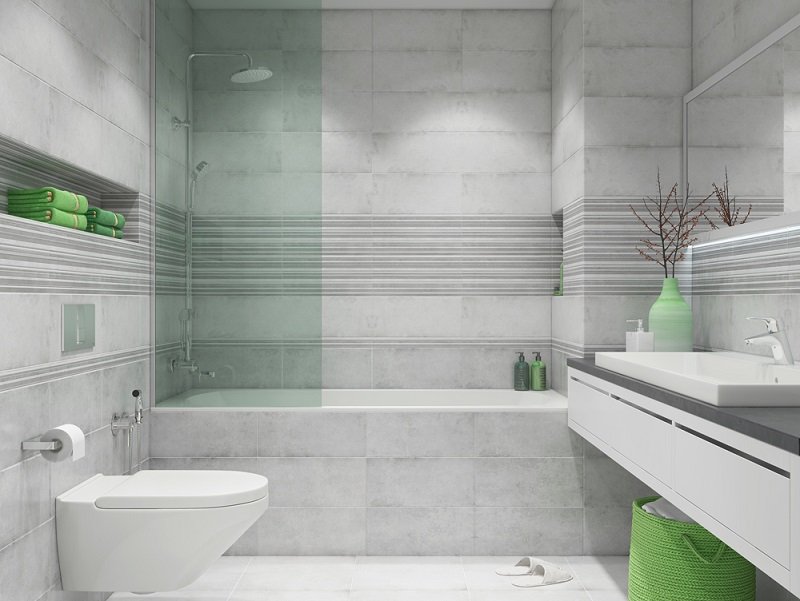
Universal parameters of ceramic tiles: 20x20 cm and 20x30 cm. They are used for facing walls and floors in bathrooms of any size, and laying is done horizontally, vertically or diagonally.
Along with standard tiles, the following types are on sale:
Large
Dimensions: 25x40 cm and above. Its installation requires a minimum of seams, which significantly increases the moisture resistance of the material. Keep in mind that large-sized tiles cannot be used for facing walls with defects, since it is impossible to correct the curvature with its help.
Small
Dimensions: 10x10 cm or less. An excellent choice if the walls in your bathroom have irregularities: height differences, recesses, protrusions, etc. Recommended for use in large rooms, often combined with tiles of other sizes. Naturally, the process of its installation will be longer.
Mosaic
Dimensions: 3x3 cm, 2x2 cm, etc. It is a small square, the laying of which requires special skills. Mosaic is usually used to decorate walls or to ensure smooth transitions between several colors. If there is a niche or another shaped ledge in your bathroom, then try using a mosaic for its facing.
Tile Grout
How to choose the right grout tile?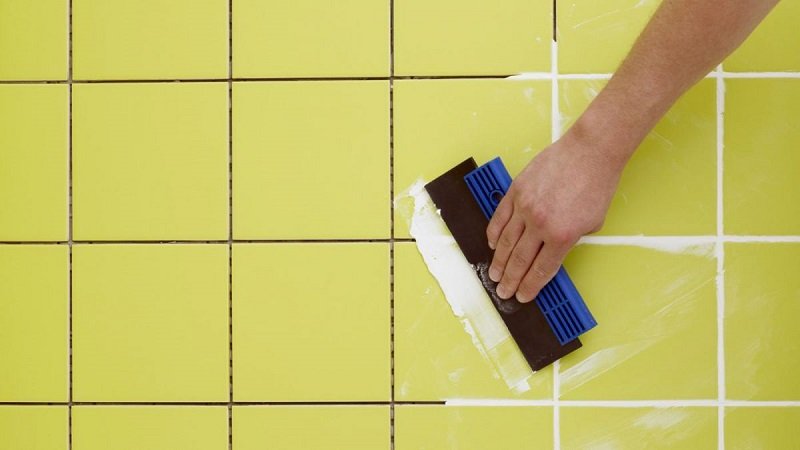
The main function of grouting is filling the seams of the tile covering and masking its small defects. The better its quality, the higher the reliability, integrity and aesthetics of ceramic tiles.
Types of grout:
Cement
It is used for narrow joints, which are usually formed when laying large and medium ceramic tiles. Pros: low price, versatility, uniformity and full filling. Cons: long drying, minimal moisture and chemical resistance.
Pitch
It is used only by professionals, you can not use it for self-grouting. These mixtures are made on epoxy or furan basis. Pros: excellent resistance to water and aggressive chemicals, impressive color palette.
Latex
It is an excellent choice if resistance of grout to extreme temperature changes is important for you. The cost of a modern trowel mix is higher than the previous options, so not a latex grout is applied to save, but a special additive. It mixes with cement or cement-sand mixture, improving its performance.
Silicone
A distinctive feature of the grout on the basis of silicones - excellent antiseptic properties. The hygienic nature of the material and its low cost captivate buyers, and the huge choice of color palette allows you to implement the most unusual ideas in the bathroom interior.
Glue
How to choose the right tile adhesive?The adhesive properties of the adhesive - the main criterion that must be guided in its selection. The larger the surface of the lining, the higher should be these properties. We recommend to buy glue, which includes latex and quartz sand. These components provide better adhesion of the tile to the floor or wall.
Types of glue:
Cement
Universal glue used for fixing ceramic tiles of any dimensions, as well as mosaics. It is 90% cement, so it can even be used on uneven surfaces. Pros: the most affordable option, a convenient proportion of dilution (3 parts of glue to 1 part of water).
Dispersive
Created on the basis of acrylic, synthetic resin and special binding agents. An excellent choice for fixing tiles to drywall, but not concrete. Pros: The glue is sold ready-to-use, easy to apply and economical to use.
Epoxy
A two-component adhesive used for laying tiles on various surfaces: plywood, wood, metal, concrete, etc. Types of epoxy glue: paste-like with minerals, simple paste-like and fluid. The choice depends on which composition you prefer to work with. Pros: strong grip, versatility.
Quality
Useful tips on checking the quality of tiles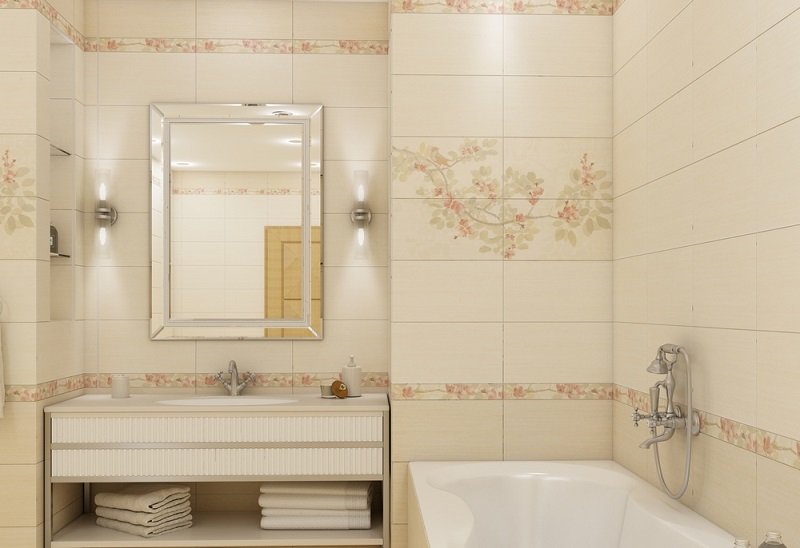
To ensure the high quality of ceramic tiles, we recommend using a few practical recommendations:
- The enamel layer should be complete and even, free from damage and inclusions left by foreign elements;
- Moisture that falls on the surface of a ceramic tile should be collected, forming large drops;
- There will be no marks (scratches, chips) on the quality material if you rub it on the rough coating.
If you are convinced of the presence of an anti-slip layer, do not rush to overpay, check it yourself: just swipe your finger on the tile. If the movement is very difficult, then you have an anti-slip surface.
Manufacturers
What brands offer the best bathroom tile?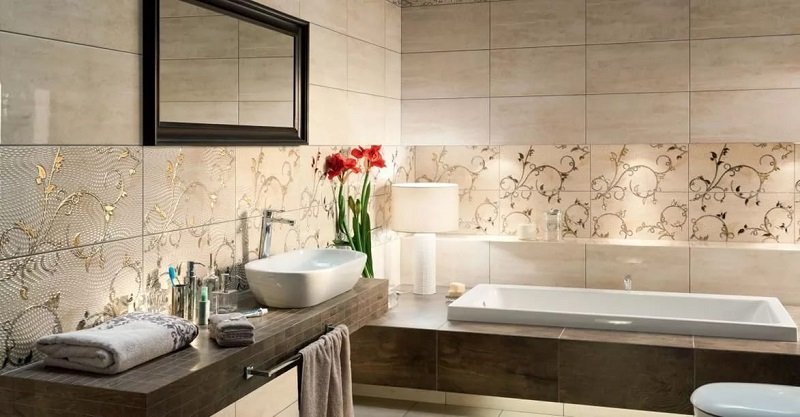
The highest quality ceramic tiles are offered by Spanish companies: Novogres, Pamesa and Aparisi. They use a combination of white and red clay in production, providing excellent performance characteristics of the material. Perhaps the only drawback of the Spanish tile is its high price, but be sure: it is 100% justified.
Only slightly inferior in quality finishing materials produced in Poland. The cost of this ceramic tile is quite acceptable, and the collections are often updated. The best Polish brands: Cerrol, Cersanit and TM Tubadzin, in their series you can even find models of extended format.
Domestic manufacturers offer the most budget tile, but consider: not all of them use high-quality materials and innovative equipment. The best Russian companies: Kerabud, Sokol, Shakhtynka tile.
Price
How much does ceramic tile cost?The key factor in choosing a tile for a bathroom is its price. If we consider the budget products of Russian manufacturers, then its cost will be from 130 to 550 rubles. for 1 m2. Approximately the same is the cost of the material supplied from Belarus, Ukraine and Armenia.
Ceramic tiles produced by foreign companies with the use of modern technologies will cost more. It will cost at least 620 rubles. for 1 m2. The cost of the Spanish tile reaches 800-1 200 rubles. for 1 m2 and more.
